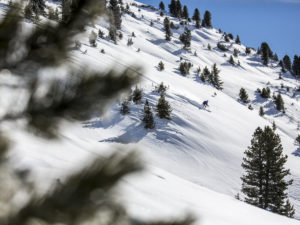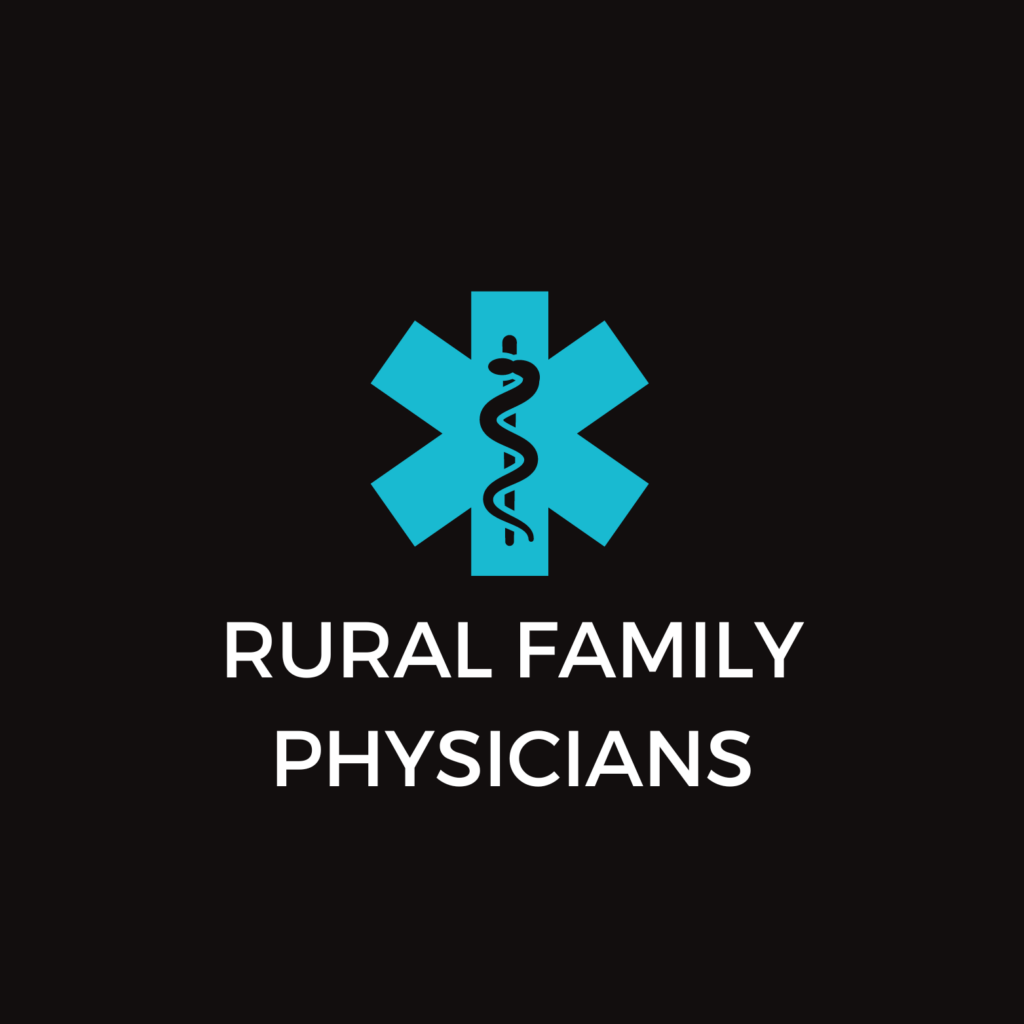Colorado Tourism and Rural Healthcare
 Welcome to summer; I love this time of year! In Colorado, we are so fortunate to have the options of a wide variety of activities that suit all age groups. One of my favorite activities is hiking and I can say I’m really proud that I’ve hiked both Redcloud and Sunshine Peaks.
Welcome to summer; I love this time of year! In Colorado, we are so fortunate to have the options of a wide variety of activities that suit all age groups. One of my favorite activities is hiking and I can say I’m really proud that I’ve hiked both Redcloud and Sunshine Peaks.
A few weeks ago a booklet came out all about summer getaways in our beautiful state. To my excitement, I noticed most of the suggested travel locations were primarily in rural areas such as Estes Park, Palisade, Aspen, Crested Butte, Grand Lake, Buena Vista, Cortez, Fruita, Gunnison, Lake City, Del Norte, Steamboat Springs, Durango, Alamosa, Salida, Carbondale, La Junta, Creede and Ouray, to name just a few. In these communities I found I could go hiking, kayaking, biking, fishing, bird watching, zip lining, hot springs, winery tours, art, music and dance festivals, or visit Mesa Verde National Park, Rocky Mountain National Park, Great Sand Dunes National Park, Trail Ridge Road, Grand Lake, Shadow Mountain Lake and take a dip in our many hot springs.
Millions of people travel to our beautiful state annually, 71.3 million to be exact, stay 33.6 million overnights, totaling a spending of $18.6 billion, or $215 per tax payer. Over half of these numbers are generated from rural communities and the visitors they bring from all over the world. This influx of visitors will require a strong healthcare system. Did you know that 47 of Colorado’s 64 counties are considered rural or frontier, which is 73 percent of our state? We discussed the need for healthcare infrastructure for our tourists, but first we must take care of those already living in these communities.
- 13 percent of the population or approximately 700,000 people live in these rural counties;
- 17 percent of Colorado’s population aged 65 – 84 and 40 percent of the population over 80 lives in rural counties;
- By 2018, the 65 and over rural population is project to grow almost 4 percent from 17.2 percent to 20.7 percent.
Healthcare is one the top three industries in rural Colorado and is the backbone of these local economies. Colorado has two counties that do not have a hospital or rural health clinic, 12 counties do not have a psychologist and 13 counties, or 20 percent of our state, do not even have a hospital. When you seek emergency care in an urban county it only takes about five minutes for emergency responders to be on scene compared to 30 minutes in a rural county. Summit County Ambulance reports:
“We welcome tourists, but we definitely see an increase in biking accidents, climbing accidents, health complications from older populations such as respiratory distress and altitude sickness. The population increases and can be a strain, especially on our volunteer EMS teams. There are only so many resources available. Lots of stitches and broken bones.”
By far, however, the most common health issues involve accidents related to outdoor recreation, with little difference in type of injuries between the permanent and the seasonal population. Summer is the most taxing part of the year on the emergency services group. Relatively few positions are paid, the rest are volunteer workers. EMTs and the Search and Rescue (SAR) team are largely the same people.
When we talk about sustaining rural health it’s not only about the quality of life and access to care for our 700,000 rural residents; it’s for those that also visit rural communities to enjoy the great outdoors of Colorado. Rural healthcare is more vital now than ever in our history as our rural communities have an older, sicker and more economically vulnerable population. Colorado’s rural healthcare communities are working to address the issues by reducing readmission rates, improving diabetic patients LDL and A1C levels and have operated as informal patient centered medical homes for years. We need your support to ensure that everyone has access to high quality healthcare and that the rural healthcare infrastructure is maintained as this is the only way we can ensure rural sustainability.
To read more about the effects of seasonal population communities on rural communities, read this HRSA report.





